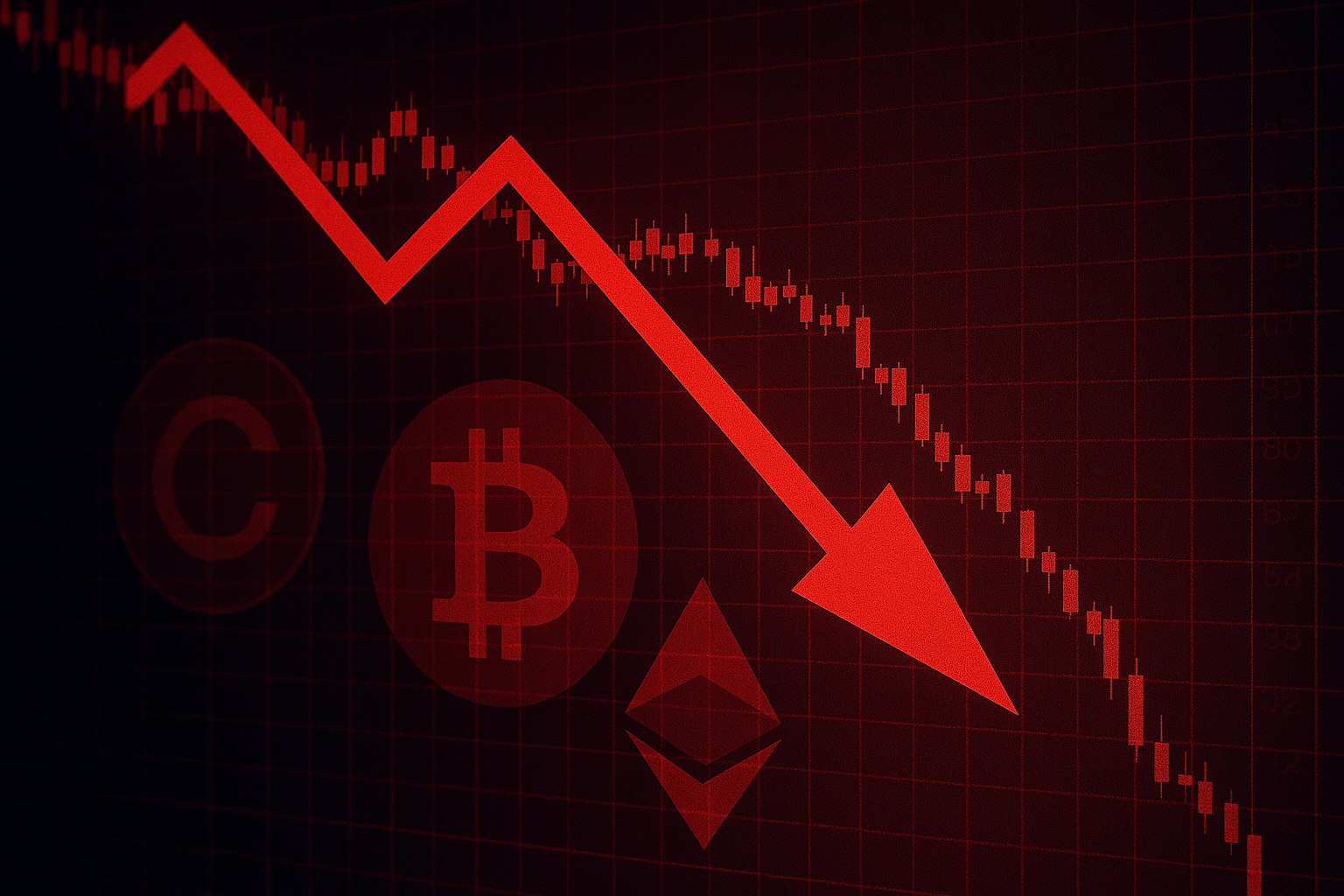
“Red Friday” marked the largest liquidation event in crypto history, nearly $19 billion erased in a single day amid renewed U.S., China trade tensions. Yet what makes this episode remarkable is not the size of the sell-off but its limited effect: Bitcoin fell only about 8%, a far cry from the 58% crash of March 2020 or the 19% slide after FTX collapsed in 2022. For the first time, the market absorbed massive leverage unwinding without imploding. The combination of deeper liquidity, institutional participation, and new instruments such as ETFs has begun to tame the asset’s once-violent swings.
But stability does not equal fairness. The same event that proved crypto’s resilience also exposed its lingering weaknesses. Accusations of manipulation, trading halts, and “technical glitches” on major exchanges reignited debates over transparency and market integrity. Bitcoin’s lower volatility may signal maturity, but it also shifts the spotlight from price chaos to trust, how these markets are run, who they serve, and whether the infrastructure can stand up to real scrutiny. In that sense, “Red Friday” was more than a market correction; it was a reminder that crypto’s next crisis will be one of confidence, not price.